Featured Artist: Painter David Marc Grant
David Mar Grant, a third-generation San Franciscan, has exhibited his work at galleries throughout the in the Bay Area, including EverGold Gallery, the Fort Mason Center, and 111 Minna and LoBot Gallery in Oakland.
An installation of his recent paintings is included in the 10th Anniversary Show at the new Geary Street shared space for White Walls and Shooting Gallery. We recently interviewed him to discuss what inspires his work and why he’ll stay in San Francisco instead of exploring other art scenes.
When did you know you wanted to pursue fine art as a career?
I always drew pictures as a kid, like all of us do, but then some people stop and some people don’t. I think I kept drawing because of my love for comic books, fantasy, science fiction and illustration. I went to an arts oriented high school here in San Francisco called Urban and learned photography and video production as well as printmaking, drawing and painting. I enrolled in the San Francisco Art Institute straight out of high school; it was then that I chose fine arts as my career path.
What are some of the influences or inspirations for your work, both today and when you were still developing as an artist?
My formative years were the late 70s and early 80s. The films and television of that era definitely influenced my interest in dystopian science fiction and spectacles of nature, machines and structures. Films like Logan’s Run, THX-1138, Silent Running, Planet of the Apes, as well as more utopian visions like Star Trek really interested me. I also read a lot of comic books and played video and role-playing games. So all that nerdy stuff really interested me and it still does, actually.
Like a lot of low brow artists, and members of the Mission School, those influences are combined with or tempered by training in fine arts and an awareness of art history. I’m definitely on board with the idea that the hierarchies of high and low, sacred and profane, modern and ancient, have all been stripped away. Everything that has come before can be reconstituted and reinterpreted into something new.
Many artists with a career as successful as yours have chosen to move to larger cities, such as Los Angeles, New York or Berlin. What makes the San Francisco art scene unique and why do you choose to live and work here?
I’m based in SF because this is home. When your home is San Francisco and you’re an artist, there isn’t much reason to leave. There are bigger art scenes in other cities but San Francisco is in my heart and bones. I was born here and I plan to die here. There are multiple art scenes in San Francisco as opposed to a monolithic one, and certainly room for diverse forms of expression. I think the San Francisco scene is made up of some interesting dichotomies and contradictions because it is both big and small, culturally diverse, new and old, and always evolving.
What are some concepts you’re working with now in studio?
For the last several years the idea of “world building” has really interested me. I think that the popularity of end of the world and cataclysmic spectacle in popular film and media is related to the awareness of mortality that is fundamental to the human condition both personally and collectively. An awareness that the consumerism and material wealth of modernity is also fraught with peril for us as a species due to the war and environmental degradation that comes with it is something I’m always thinking about. We love our technology but it’s also changing us and changing the world, and possibly not for the better.
My work is an attempt to envision and depict possible dystopian and utopian worlds that may be waiting for us. I’m interested in what the world might look like after the polar ice caps have melted and the GMO, chemical and bio weapons have done their thing and we have to rebuild. I want to imagine what that might look like and build that world one painting at a time.
Your work references some heavy themes, but at first glance appears to be cheery and light-hearted, mostly due to the use of bright, saturated color. Is this contrast intentional?
I think it’s accidentally poignant. My formal choices are driven by the desire to make things I want to look at, and I happen to prefer an aesthetic that references the whimsical, folksy and playful. It doesn’t do me much good to make unpleasant looking work even if I think the future may not be very pleasant. I think my sense of humor and irony is also present in the work, which is perhaps a way to convey the issues I want people to consider without being preachy or too on the nose. I’m interested in the contradiction inherent in making a bright colorful consumerist commodity that is asking the viewer to consider the ethics and outcomes of hyper-consumerism.
Any advice for young or emerging artists?
First of all, you have to get out of your own way. Whatever is holding you back from believing in yourself, whether it’s a fear of success or failure you just have to have faith in the truism that work, work ,and more work is the only way you are going to improve and become more engaged in what you’re trying to do.
Finally get involved in the local art scene. Go to openings. Go to school. Meet people with similar interests. That is the basis of community and that’s where support comes from.
The 10th Anniversary Show at White Walls and Shooting Gallery is open through April 6 in the galleries new space at 886 Geary Street in San Francisco.

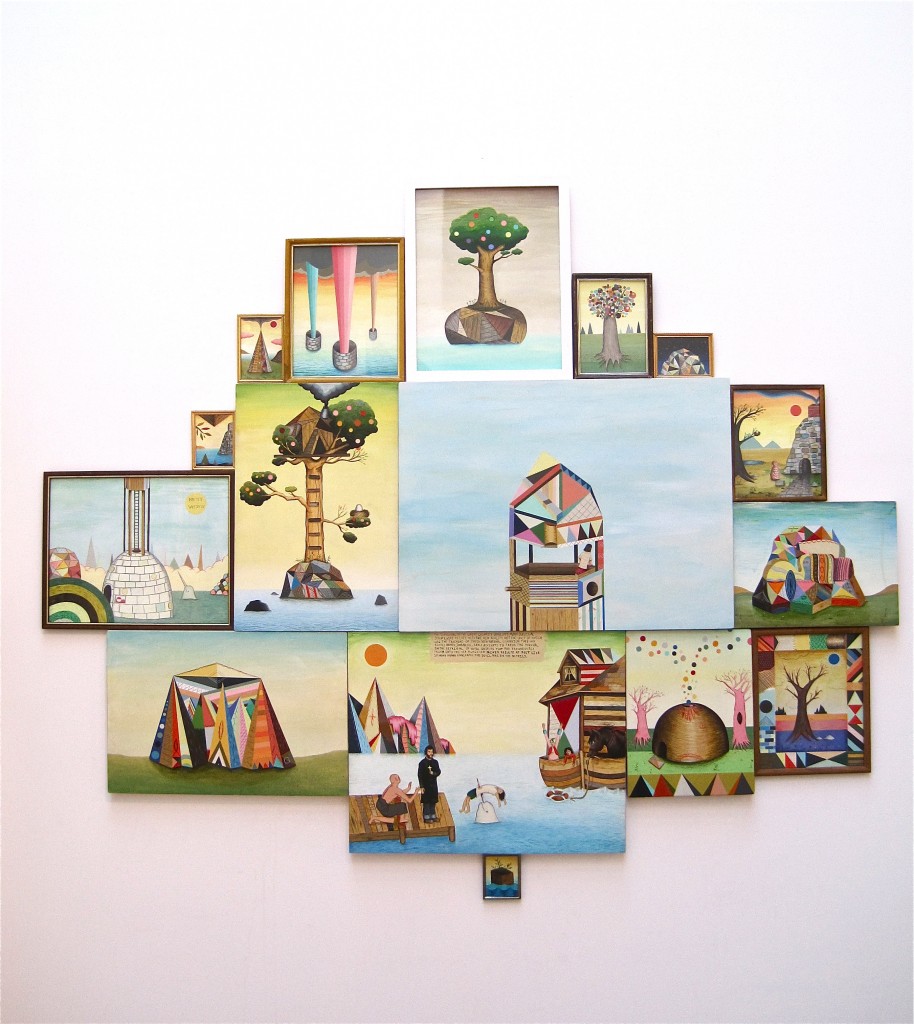
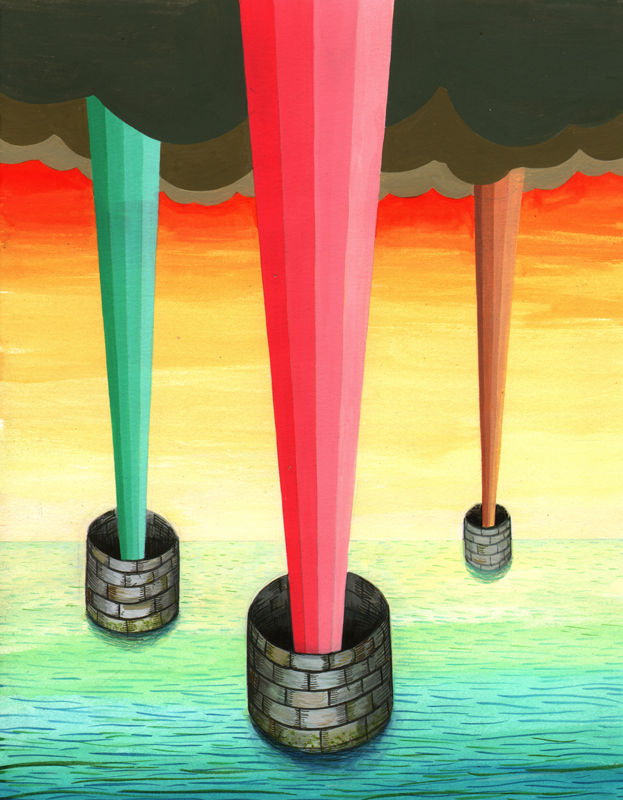
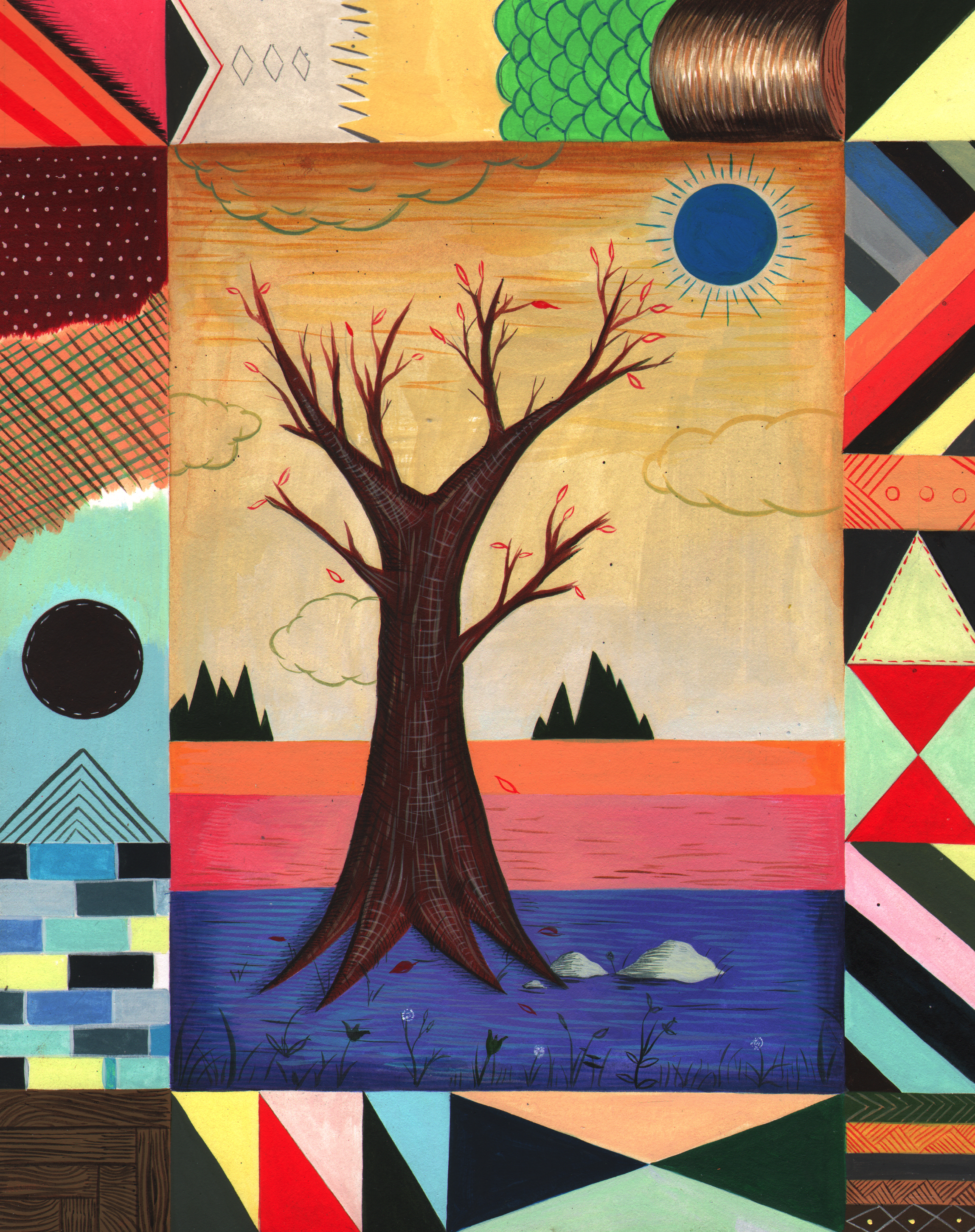

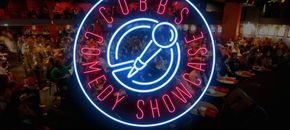

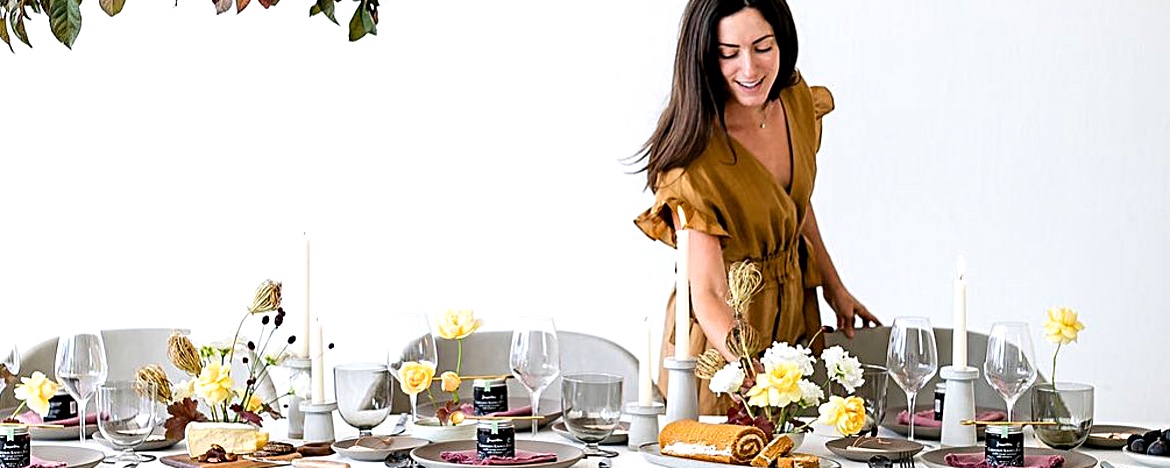
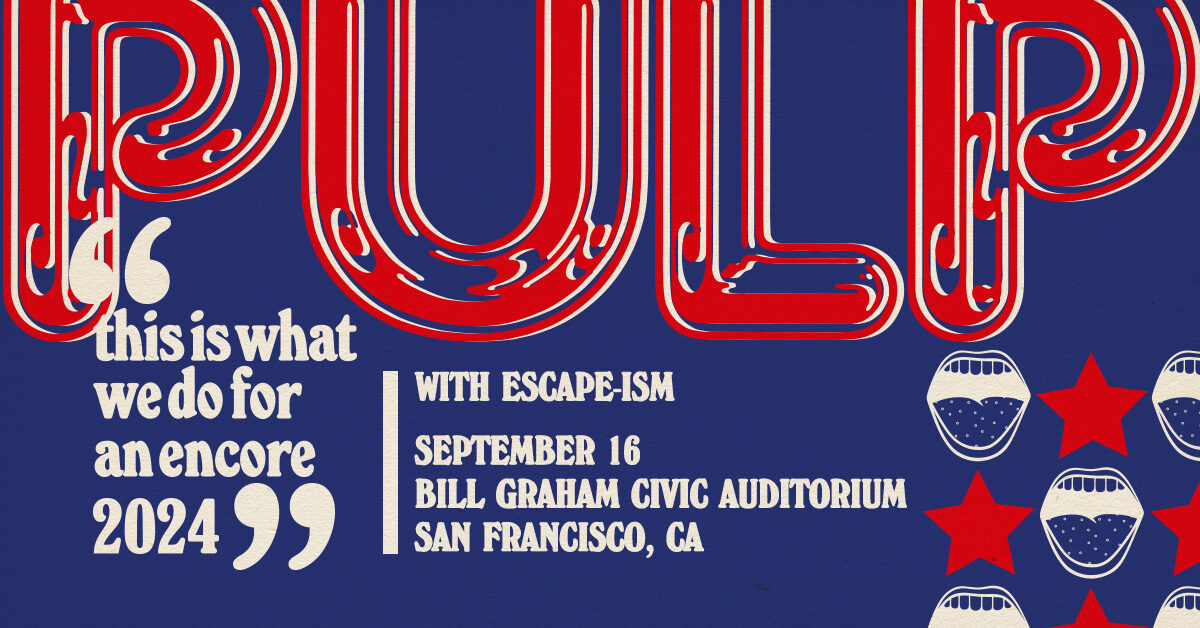
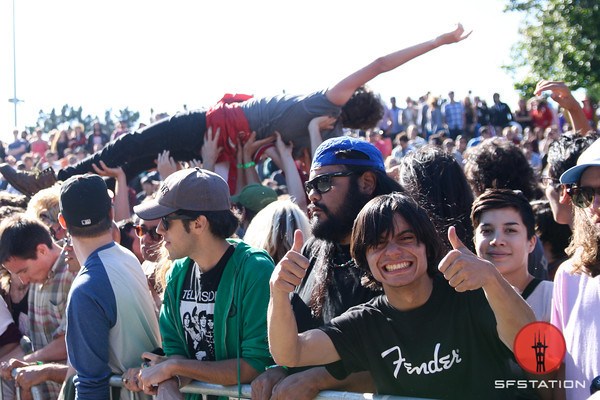


[…] with us in the White Walls Project Space. Suzanne Stroebe interviewed Grant in March for SF Station’s Spectrum Blog. For the White Walls and Shooting Gallery 10 Year Anniversary, Grant assembled a group of […]